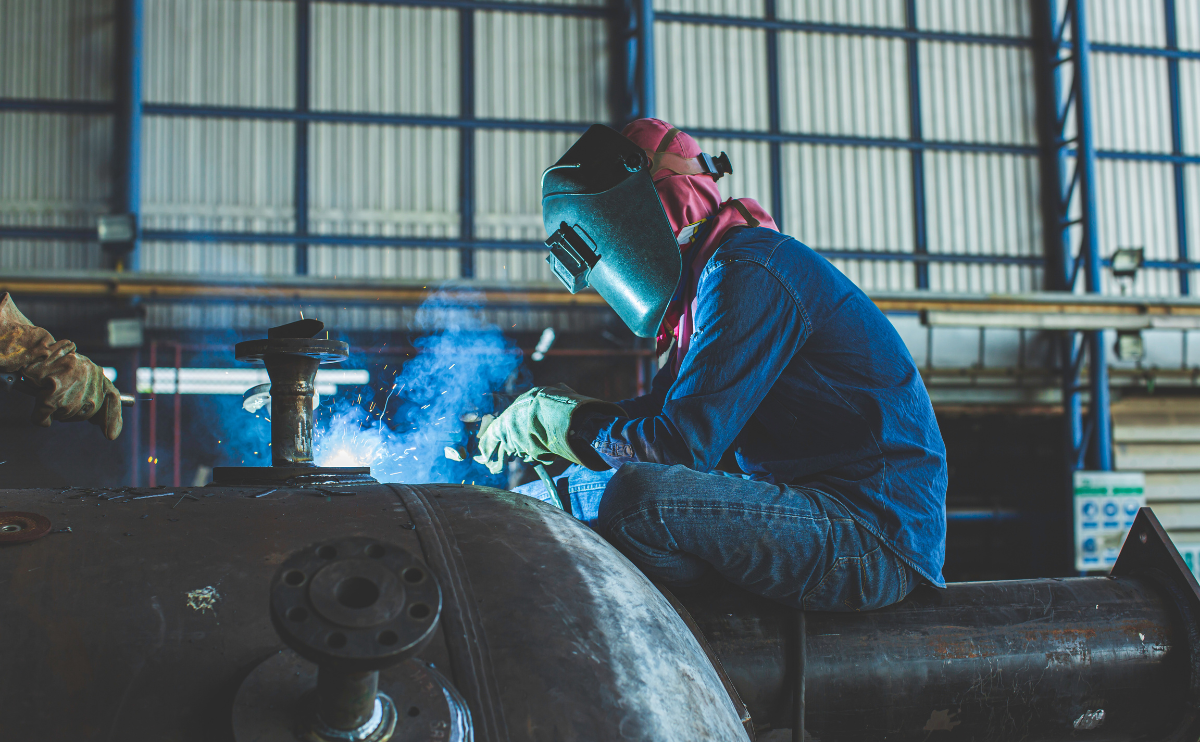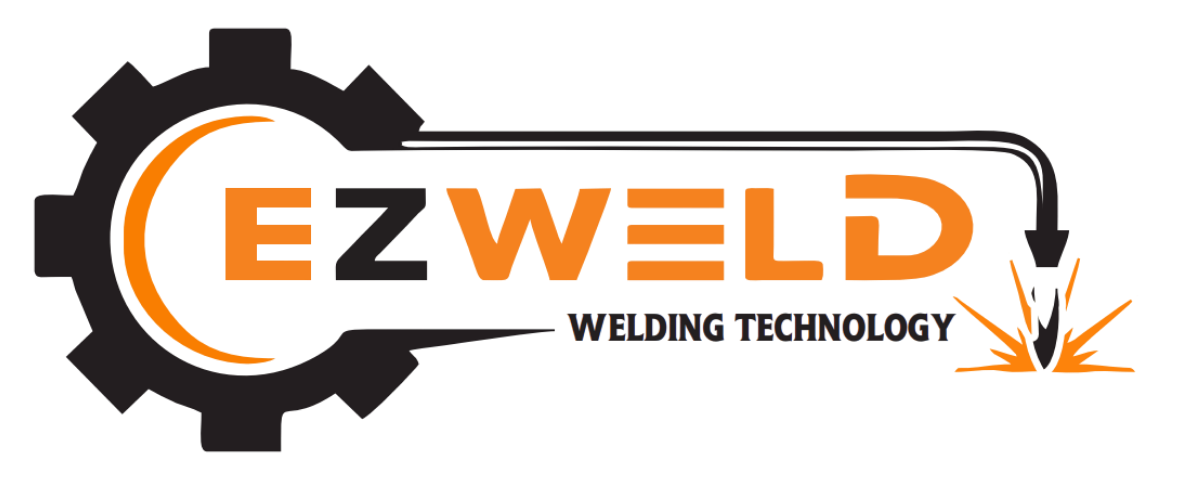Blog
Mastering the Art of Welding: Tips & Techniques from EZWeld Experts

Welding is both an art and a science—requiring precision, skill, and the right techniques to achieve strong, durable welds. Whether you’re a beginner or an experienced welder, mastering the craft takes continuous learning and practice. At EZWeld, our experts have compiled essential tips and techniques to help you refine your welding skills and produce high-quality results.
1. Choosing the Right Welding Process
Different welding methods serve different purposes. Here’s a quick breakdown:
- MIG Welding (GMAW): Ideal for beginners, offering fast and clean welds with minimal spatter.
- TIG Welding (GTAW): Provides precision and control, perfect for aluminum and thin metals.
- Stick Welding (SMAW): Rugged and versatile, great for outdoor and structural welding.
- Flux-Cored Welding (FCAW): Works well in windy conditions and doesn’t require shielding gas.
Selecting the right process depends on the material, thickness, and environment in which you’re welding.
2. Perfecting Your Welding Technique
To achieve strong and clean welds, follow these expert techniques:
- Maintain a Steady Hand: Keep your movements smooth and consistent to avoid uneven welds.
- Control Your Travel Speed: Moving too fast can weaken the weld, while moving too slow can cause excessive buildup.
- Use the Right Electrode or Wire: Match your filler material to the base metal for optimal strength.
- Ensure Proper Heat Settings: Adjust voltage and amperage based on material thickness to prevent burn-through or weak joints.
3. Safety First: Protect Yourself
Welding involves intense heat, bright light, and hazardous fumes. Always follow these safety precautions:
- Wear a high-quality welding helmet with auto-darkening features.
- Use heat-resistant gloves and protective clothing to prevent burns.
- Work in a well-ventilated area or use fume extraction systems.
- Keep a fire extinguisher nearby in case of emergencies.
4. Troubleshooting Common Welding Issues
Even experienced welders encounter challenges. Here’s how to fix common problems:
- Porosity (Gas Bubbles in Welds): Ensure proper shielding gas coverage and clean the metal surface before welding.
- Cracking: Use the correct preheat and post-weld cooling techniques to prevent stress fractures.
- Spatter: Adjust voltage and wire speed to minimize excess molten metal.
- Weak Welds: Check for proper penetration and ensure the right electrode or wire is used.
5. Continuous Learning & Practice
Welding is a skill that improves with experience. Stay updated with the latest techniques by:
- Watching expert tutorials like this welding guide.
- Attending training workshops or certification programs.
- Experimenting with different welding positions and materials.
- Seeking advice from seasoned professionals in the industry.
Conclusion
Mastering the art of welding requires patience, precision, and the right knowledge. By following these expert tips from EZWeld, you can enhance your skills, improve weld quality, and ensure safety in every project. Whether you’re welding for industrial applications or personal projects, continuous learning and practice will help you achieve professional-grade results.
